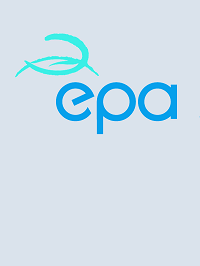Demonstration of a Miniaturised Multi-Channel Cytometry System and its Suitability for Autonomous Deployment
Final Report for the project: AT-04-01-07
Summary: STRIVE Report 29 - Barbara Fogarty et al.

The Environmental Protection Agency (EPA) and the Marine Institute entered a strategic partnership agreement in July 2005 in the broad areas of Environmental Technologies and Water-Quality Monitoring. The aim was to catalyse an innovative programme of environmental technology research to underpin the development of the Smart Green Economy. The specific aims of the partnership were to:
- Build national research and innovation capacity in the area of water-quality monitoring, particularly in respect to the implementation of the Water Framework Directive.
- Provide technological support for the sustainable development of aquatic/marine resources.
- Support the creation of new industrial capabilities in these areas.
Water quality monitoring is recognised as an important issue for public health. Current approaches typically involve sample collection and transport for analysis at a central facility. Methods of detection for bacteria such as Escherichia coli involve the use of microbiological or immunological techniques that are usually laboratory based, time consuming and performed by highly trained personnel. Flow cytometry is a high-tech alternative for the counting and identification of cellular species, offering faster, automated analyses and multiparameter information. Flow cytometry is not routinely used for water quality monitoring, primarily due to the associated costs and the complexity of instrument operation. The majority of conventional systems are not portable due to the optical set-ups employed.